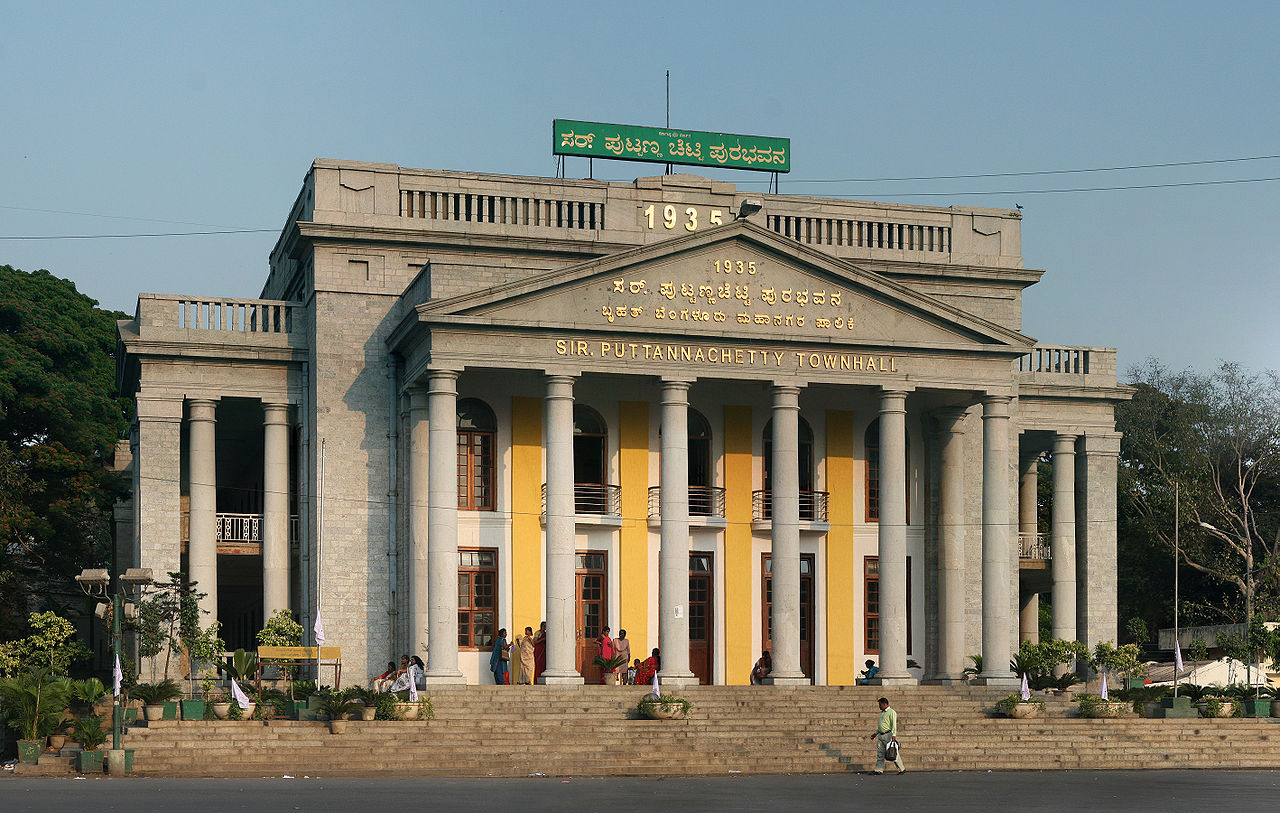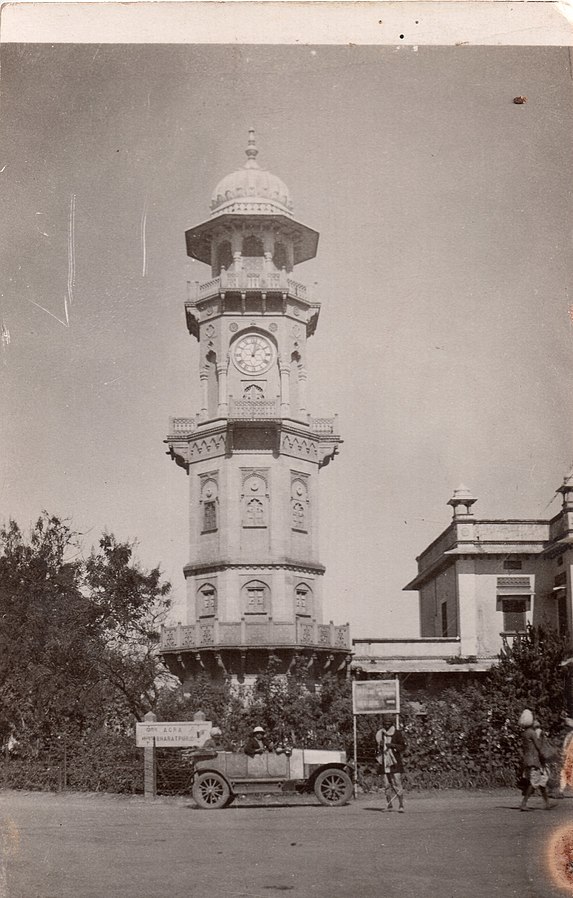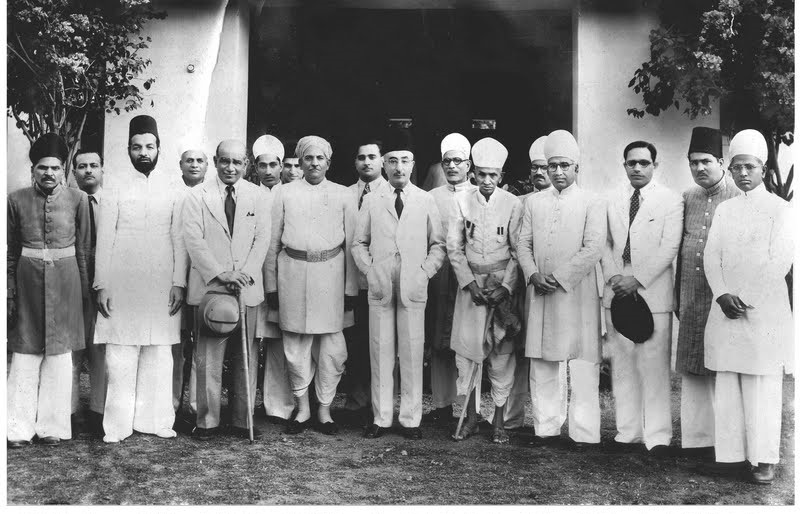The Story of How This Unsung Diwan of Mysore Shaped Bengaluru & Jaipur
The Diwan of Travancore once referred to him as "one of the cleverest men in India." #ForgottenHeroes

Every city has its own distinct charm. For example, when I think of Bengaluru, the first thing that comes to my mind is beautiful gardens, while Jaipur is the ‘pink city’ full of heritage with a touch of modernity. But, have you ever thought about how these two cities came to be so distinctly associated with these characteristics?
Well, the credit for this goes to Sir Mirza Ismail, an Indian statesman who served as the Diwan of Mysore, the Prime Minister of Jaipur and the Diwan of Hyderabad.
Mirza’s contribution in developing cities and industries has been lauded by several prominent contemporaries. Sir CV Raman, the Nobel-prize winning physicist, spoke about how Ismail’s accessibility and charm set him apart from the rest. He added that these characteristics coupled with knowledge and “his keen sense of human and cultural values,” made him a great administrator.
Sir Chetput Pattabhiraman Ramaswami Iyer, on the other hand, who served as the Diwan of Travancore, referred to him as “one of the cleverest men in India.”

Early life And Appointment as a Diwan
Mirza’s roots can be traced back to Persia. His grandfather, Ali Askar ,was a Persian trader who fled Iran and reached India in 1824. He took refuge under the Maharaja of Mysore and supplied horses to the stables of the royal family. The thriving trade helped him own land in Bengaluru and he eventually ended up building big estates around the city.
Born on 24th October 1883, Mirza grew up in Bengaluru. He studied at the St. Patrick and the Wesleyan Schools in Bengaluru. After graduating from the Central College in Bengaluru, he started his career as an Assistant Superintendent of Police.
Mirza and Krishnaraja Wadiyar IV, the twenty-fourth Maharaja of the Kingdom of Mysore, were classmates in college and had developed a deep and lasting friendship. He was first appointed as the Maharaja’s private secretary, but as the latter’s administrative acumen became obvious, he made the decision to appoint him as the Diwan of Mysore.
The year was 1926, and Mirza, at the age of 43, secured this important position, and together with the Maharaja embarked on several projects that ushered in a period of development.
Mirza’s distinction and penchant for developmental projects shows in his body of work, but one of his most notable qualities is how, thanks to his keen foresight, he initiated and developed different industries with a keen foresight.

For example, Bengaluru’s iconic Town Hall, Hindustan Aeronautics Limited, the Glass Factory and the Porcelain Factory were all established in Bengaluru (then Bangalore) during his tenure as the Diwan of Mysore. He set up several industries, took a keen interest in town planning and the city’s beautification, and also took charge of the development of Wilson Garden, Kalasipalyam and Gandhi Colony, among others.
According to this article, “If M Visvesvaraya, as Diwan of Mysore (1912–19), made Bangalore (now Bengaluru) an industrial city, then Mirza Ismail made it a beautiful one, with the Lalbagh and the streets lit by chandelier lamp posts. An interesting story about him goes that he did not simply glance around to check if things were in good condition – he would lift the corner of a carpet to see if the floor had been swept.”
Mirza’s work was widely appreciated and he received several honours during this period. He was appointed an Officer of the Order of the British Empire (OBE) in 1922 by the British Government for his services to India. He was knighted in 1930 and was further appointed a Knight Commander (KCIE) in 1936.
He continued working even after the demise of Krishnaraja Wodeyar IV in 1940, under his successor, Jayachamraja Wodeyar. However, he resigned in 1941 over differences.
Mysore’s Loss Becomes Jaipur’s Gain
In 1942, Mirza travelled up north, almost 2000 km to the ‘Pink City’ in Rajasthan with the purpose of serving as its Prime Minister.
He went beyond the walled city built by Maharaja Sawai jai Singh in 1774, to commission the building of educational institutions like schools and universities, medical colleges, and hospitals among others.
With his experience as the Diwan of Mysore and carrying out industrial development in Bengaluru, he knew the importance of commerce. To this end, he facilitated the development of a market square outside the walled city, but also helped businessmen set up manufacturing units in the city.

The walled city was not well connected to the railway station. Hence, as Prime Minister, he commissioned the construction of a road connecting the walled city to all the important points.
There is an interesting story around the naming of this road as well. After the road was built, Mirza wrote a letter to Maharaja Sawai Man Singh and proposed that the road be called His Highness Sawai Man Singh Highway. But to his surprise, he received the following response:
“I would like to name a road after you if you will agree, as I feel Jaipur owes so much to you already for all the improvements you are making, and although your name will be associated in other connections in time to come, the town improvement is already widely known and associated with you. I should like to call the road after your name.”
In 1945, he reigned from the position at Jaipur and a year later, he became the Diwan of Hyderabad in 1946 when Mir Osman Ali Khan made him an offer. During this time, the partition of India was being discussed and he was completely opposed to it.
He resisted the idea of ‘Great Pakistan’ proposed by Muhhamad Ali Jinnah because he believed in an unified India. So, when he took on his new role, he tried his best to negotiate the Standstill Agreement with the Indian government viz-a-viz the princely state of Hyderabad.

The Standstill Agreement was a document that needed to be signed by princely states for accession to the Indian government. Ismail here, wanted the process to be amicable and devoid of any kind of confrontation. However, Nizam Mir Osman Khan was completely against acceding to India and this clashed with Ismail’s stance. This resulted in him resigning from his post in 1947.
Personal Life and Legacy
Mirza was married to Zeebundeh Begum Shirazi. It was a marriage fixed by their parents. Zeebundeh Begun also majorly contributed to the cause of women’s education. She founded the State Women Conference in 1926 and pioneered a womens’ movement in the Mysore Kingdom.
They had one son, Humayun Mirza, and two daughters, Shah Taj Begum and Gauhar Taj Begum. His grandson Akbar Mirza Khaleeli followed in his footsteps by becoming an administrator and cracking the Indian Foreign Services and serving between 1959 to 1994.
Mirza passed away at the age of 75 on 5 January 1959 in Bengaluru. Before that, however, he encapsulated his experiences as an administrator in a memoir published in 1954. The memoir was titled, ‘My Public Life: Recollections and Reflections’. Here he speaks about how public parks and gardens are beneficial for individuals living a community to lead full and happy lives.
He also states that India lacks great open spaces and speaks of how cities like London and Paris can be sources of inspiration to beautify our towns and cities.
Throughout his life, Mirza Ismail illustrated how positions of power can be used for the betterment of society. Although Ismail may not live amongst us, his legacy lives on through the beautiful gardens he created and the iconic buildings he commissioned.
Also Read: When Savitribai Phule & Her Son Gave Their Lives to Save Bubonic Plague Victims
(Edited by Gayatri Mishra)
Like this story? Or have something to share?
Write to us: [email protected]
Connect with us on Facebook and Twitter.
If you found our stories insightful, informative, or even just enjoyable, we invite you to consider making a voluntary payment to support the work we do at The Better India. Your contribution helps us continue producing quality content that educates, inspires, and drives positive change.
Choose one of the payment options below for your contribution-
By paying for the stories you value, you directly contribute to sustaining our efforts focused on making a difference in the world. Together, let's ensure that impactful stories continue to be told and shared, enriching lives and communities alike.
Thank you for your support. Here are some frequently asked questions you might find helpful to know why you are contributing?


This story made me
-
97
-
121
-
89
-
167














